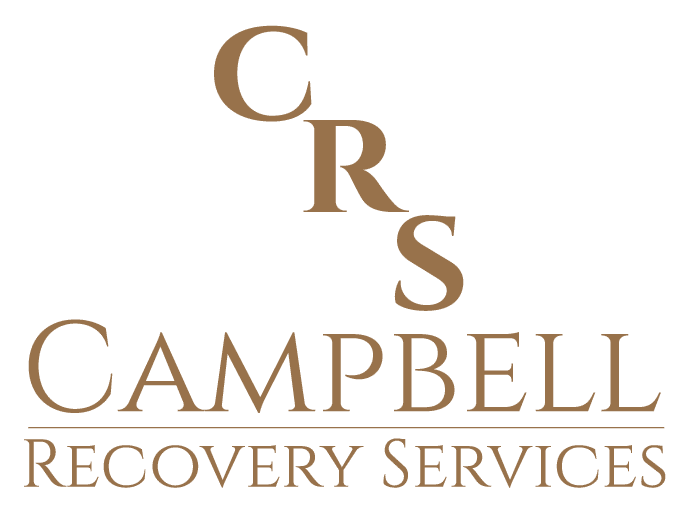Psychiatrist and Author, Judith Herman has outlined three stages of recovering from trauma and PTSD in therapy in a useful model. With this model healing from trauma can be designated into three distinct stages. Stage one is the establishment of safety. The work being done at this stage involves regaining a sense of safety and trust. These things can often be destroyed by trauma. The next stage is remembrance and mourning. At this point in therapy, you will share your story and experiences with your therapist. It is critical that your feelings are put into words at this stage, allowing you to confront all of the feelings that go along with this. The third stage of Herman’s recovering from trauma is reconnection. This final stage symbolizes letting go of your old self that was so deeply affected by the trauma you experienced and instead allowing you to create new opportunities for a fresh start.
How Therapy Can Engage These Three Stages of Trauma Recovery
Herman’s three stages of trauma recovery can be a very effective tool for your therapist when working with you to let go of and heal from these past experiences. In the first stage your therapist will work with you to develop trust and a relationship where you feel that you are in a safe space. This is an important start to recover from trauma and healing PTSD symptoms. There is no set time frame for how long this stage may take, and it will vary from person to person. The therapist will work to establish your time together as a safe space where you feel as though you can open up without fear of judgement.
Only after this feeling of safety and security has been established can you move on to the second stage in trauma recovery. During this next stage, knowing that you are in a safe space, you can now open up about your experiences. This may be recounted as a full story of the traumatic event or snapshots as your memory recollects them. The therapist will continue to make you feel safe while you share these memories, which will also give you the feeling of empowerment as you are able to share the memories and feelings that were associated with them. In this stage when sharing your story, your therapist will also help you to better recognize that you were not responsible for the trauma that happened to you. This is an important step in being able to forgive yourself and heal.
The final stage in Herman’s trauma recovery is when you are able to let go of this past version of yourself that was so deeply holding on to the damage done. You will be able to gain a sense of empowerment, as you reconnect with both yourself and others in a healthy and meaningful way. This stage is a great opportunity to reinvent yourself, focusing on an identify that goes beyond the trauma that you experienced.
Judith Herman’s three stages of trauma recovery can be a very effective way for you to work with a trained trauma therapist to begin healing, enabling you to live a happy and healthy life free of the burdens of your past trauma.





